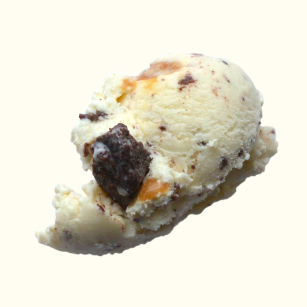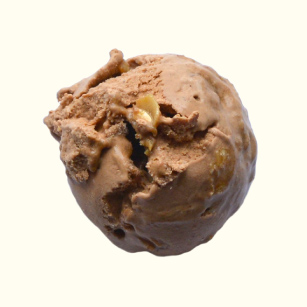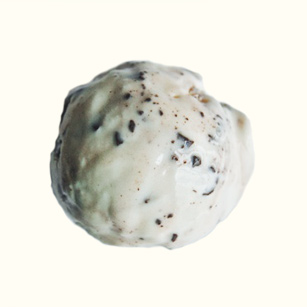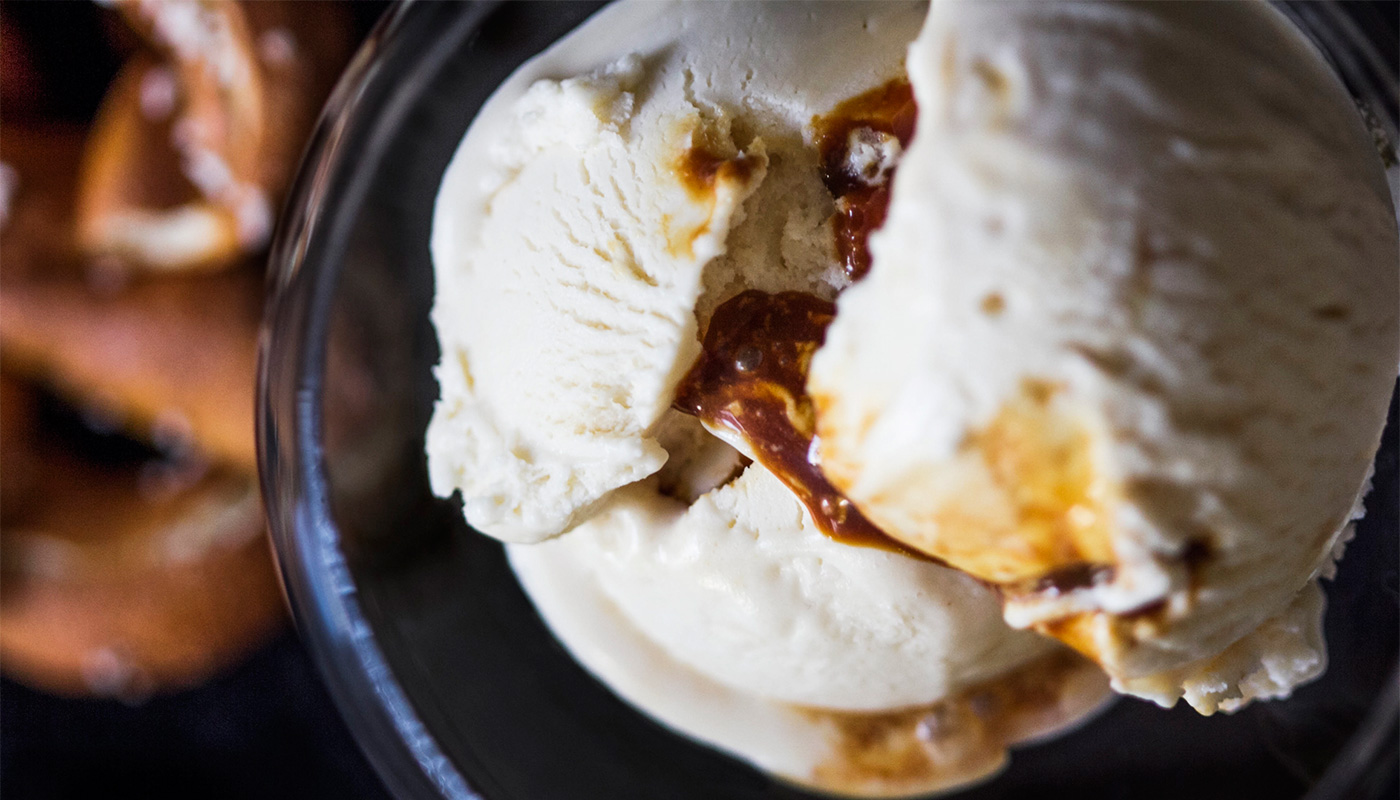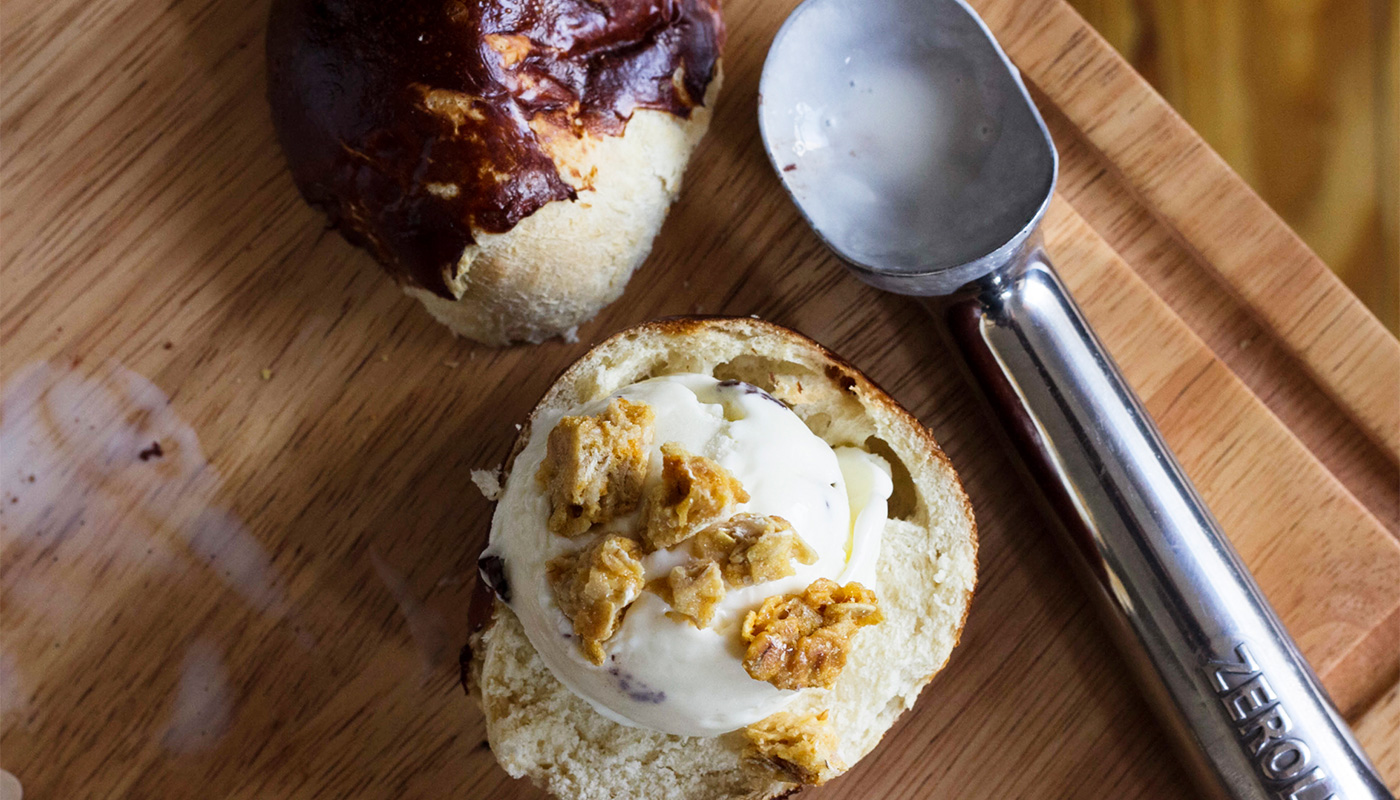Ice Cream Brought to Life

The Tasting Room
Come taste, take a look at the process, and talk to the folks that make the ice cream at the Tasting Room, on site at our production facility.
Take the Tour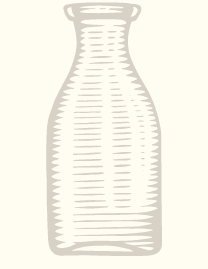
The Flavors
Each ice cream is formulated and scratch-made with locally-sourced, seasonal ingredients in order to achieve the most intense flavor possible.
Sample Them AllBarnBurners
What on Earth is a BarnBurner?
A BarnBurner is an ice cream sandwich made of dreams. We rotate the selection of “shells” at our Tasting Room (think cinnamon buns, buttery brioche, sugar-crusted donuts, fudgy brownies, fluffy cakes), which we fill with your choice of flavor and scratch-made toppings and sauces. Then the whole thing is toasted in a specially designed press that seals up your sandwich for a warm, soft, cold, creamy experience that is a little cloud of heaven in your hands.
Taste for YourselfIce Cream History
What should we know about ice cream history?
Ice cream has a long and interesting history. Popular accounts credit Marco Polo with introducing ice cream to Italy after he saw it being made during his trip to China. And that Italian chefs working for Catherine de' Medici then took ice cream to France when she travelled there to marry the Duc d'Orleans in 1533.
Unfortunately these accounts have little historical evidence to support them. Marco Polo may never have actually reached China! And Catherine de' Medici's chefs would have been unable to introduce ice cream freezing methods to anyone in 1533 as the science was unknown in culinary circles at that time!
However, it is very likely that ice cream originated in China. During the T'ang period (A.D. 618 – 907), chilled dairy products were made with mare, water buffalo, cow and goats milk. And of 2,271 servants attending to the food and wine in King Tang of Shang's palace, 94 were “ice men”.
Water ices first appeared in Europe in the 1660s, in Naples, Florence, Paris and Spain. In 1674 the first recipe for water ice appeared in a book by Nicholas Lemery, which was later translated into English as Modern Curiosities of Art and Nature. In 1694 a Neapolitan recipe for sorbetti appeared in Antonio Latini's Lo Scallo alla Moderna. And around the same time ices made with sweetened milk also started appearing in Naples.
In England the first account of ices is in a description of a royal feast in 1672 when the table of the king Charles II was furnished with “one plate of white strawberries and one on ice cream”. While the French and Italians seemed to favour water ices in the early days, the English clearly preferred ice creams.
The first reference to ice cream in America was in a letter written in 1700 which refers to “some fine ice cream” eaten with strawberries as a guest of the governor of Maryland. And it became even more popular as contact between France and America increased after their respective revolutions.
And so ice cream spread around the world from China to America. But there were many more developments in ice cream history. As technology advanced and tastes changed, the story continued! It's a fascinating story and worth investigating more deeply.
Ice Cream Makers
How can we make the best ice cream at home?
The biggest challenge when trying to make ice cream at home isn't choosing which ingredients to use or preparing the recipe, it's finding a machine that's up to the job!
The ice cream makers used in professional ice cream parlors like Hay Rosie are high-end commercial machines. They're big, heavy and extremely expensive! Most importantly, they're powerful enough to freeze the mixture incredibly quickly. And this is the secret to smooth ice creams and sorbets...
The faster the mixture is frozen, the less time that the ice crystals have to grow. And it's the small ice crystals that obviously produce a smoother texture.
How are these commercial machines able to freeze the mixture so fast? The powerful compressors can generate extremely low temperatures that cool the mixture very quickly. But they also use sharp, spring loaded, metal dashers that are rotated by powerful motors so that they scrape all the mixture from the sides of the barrel and break up the ice crystals as they form.
The machines that we buy for our home kitchens just don't have this sort of power. They're not able to generate and maintain the low temperatures as well. And neither the motors nor the dasher blades are generally strong enough to keep churning as the mixture freezes.
Choosing the best ice cream maker that's available will obviously help! But unless we spend a lot of money, none of the domestic machines will really compare to a commercial machine. And it's also worth remembering: the machines that use a built in compressor don't generally perform any better than those that use a canister that we pre-freeze in our kitchen freezers!
The best thing we can do is to help whichever machine we choose by using recipes that are well balanced and getting the mixture as cold as possible before we add it to the ice cream maker. This will make the ice cream freeze faster which should lead to small ice crystals and smoother ice cream.
So making sure we cool the mixture in the fridge or even in the freezer before we add it to the ice cream maker is one of the most important secrets to getting great results from the ice cream we make at home!



